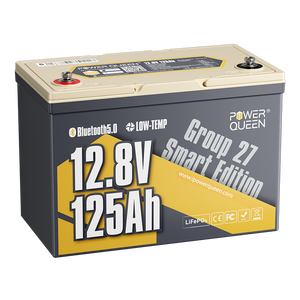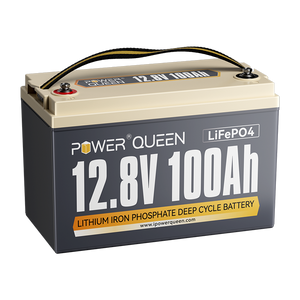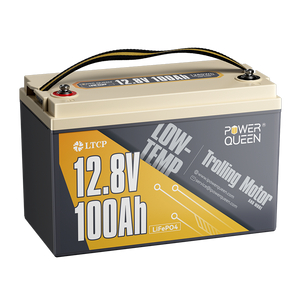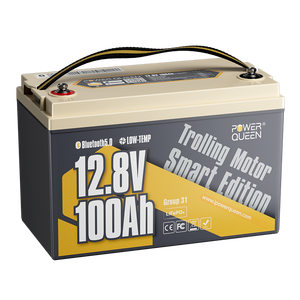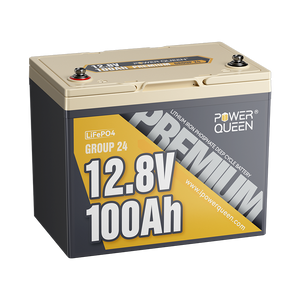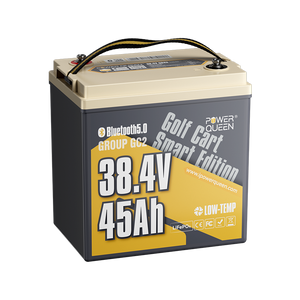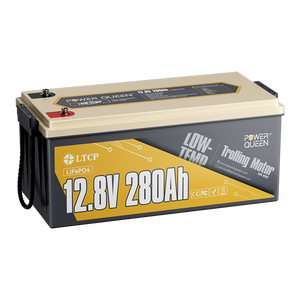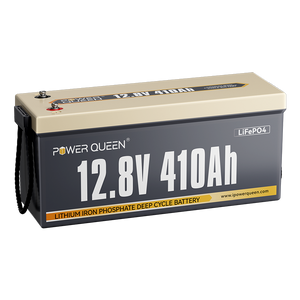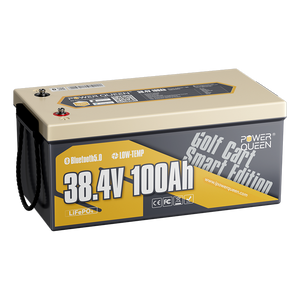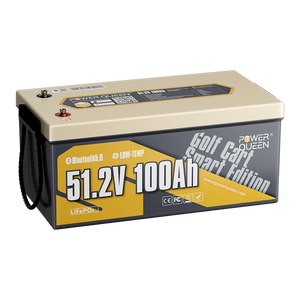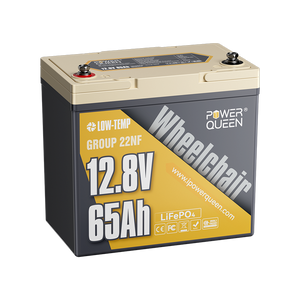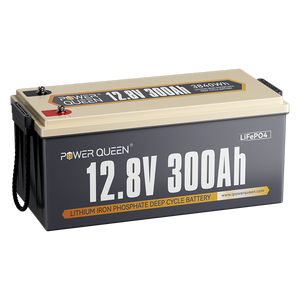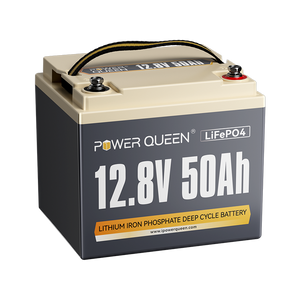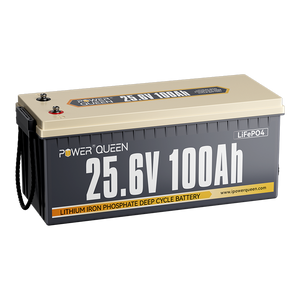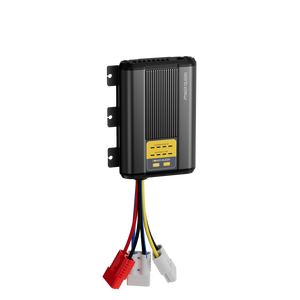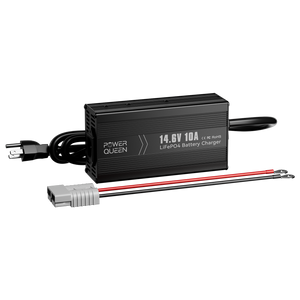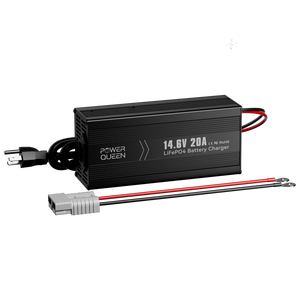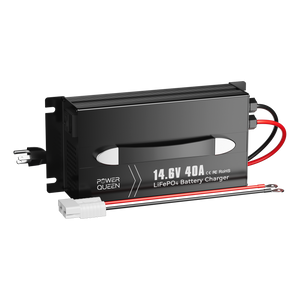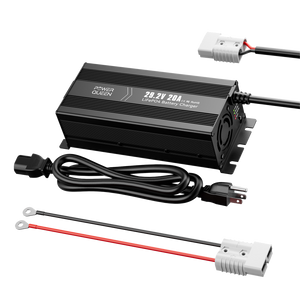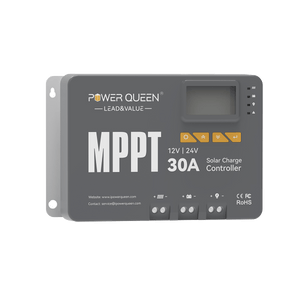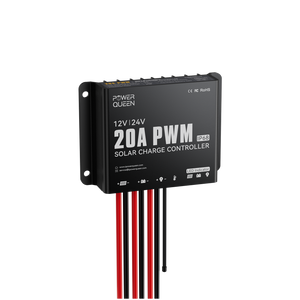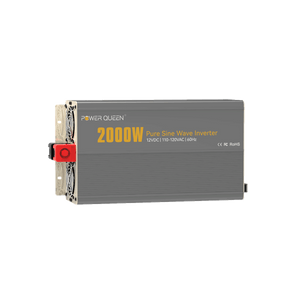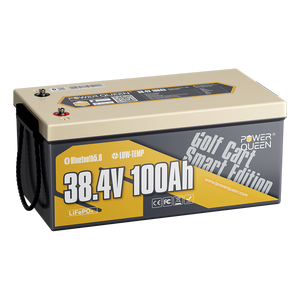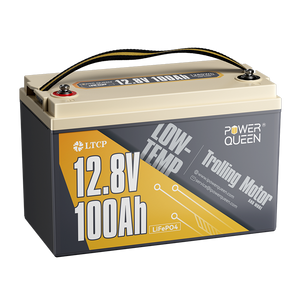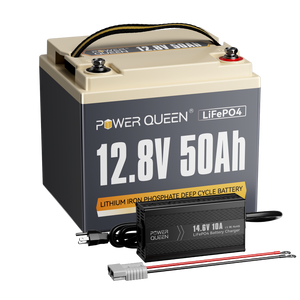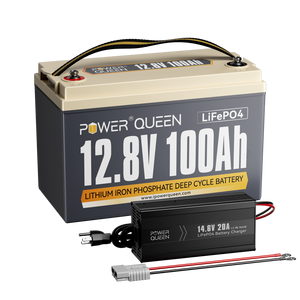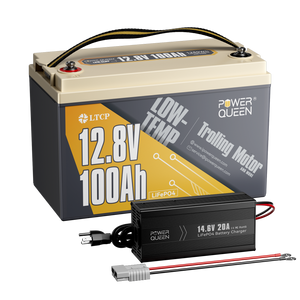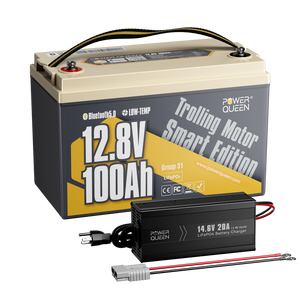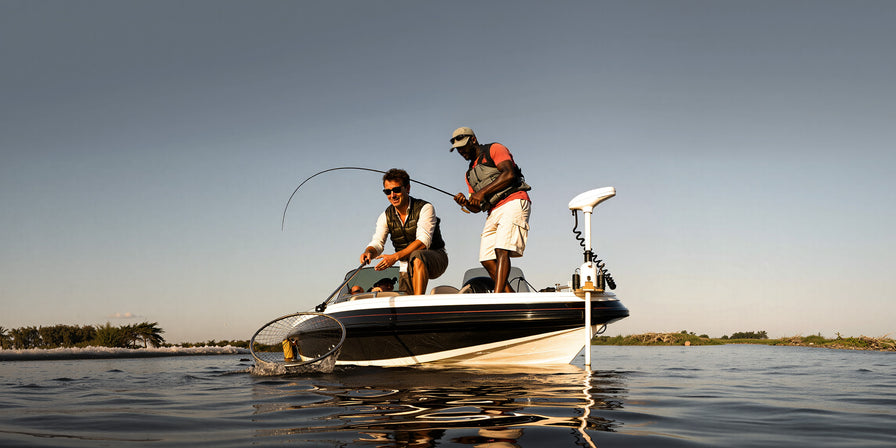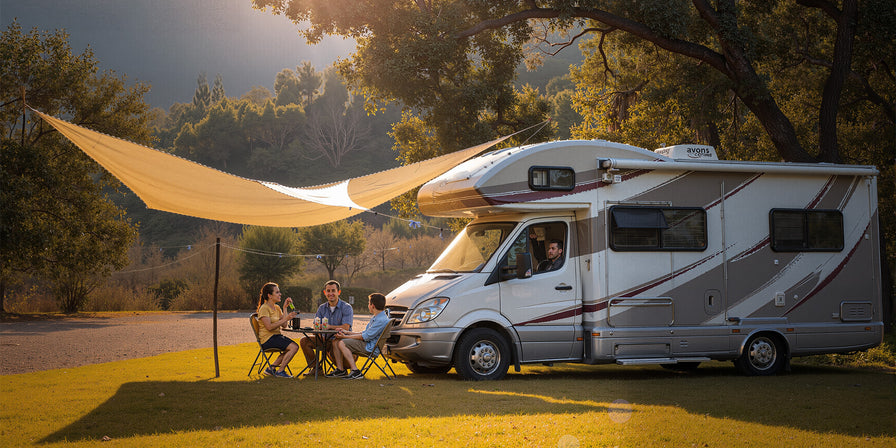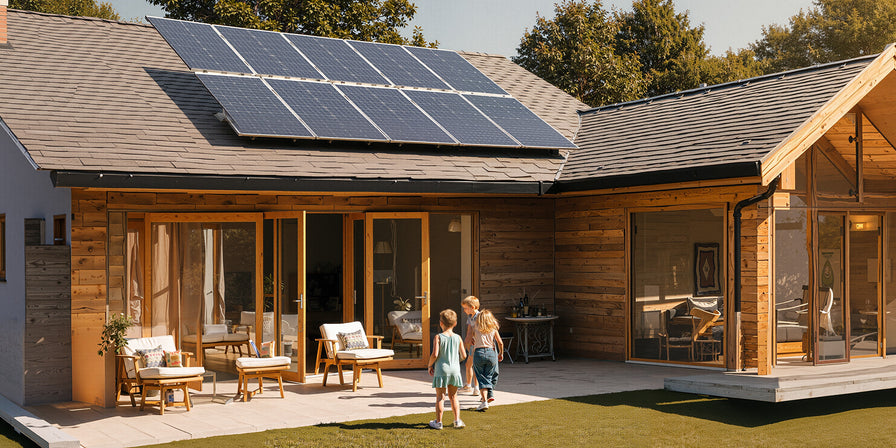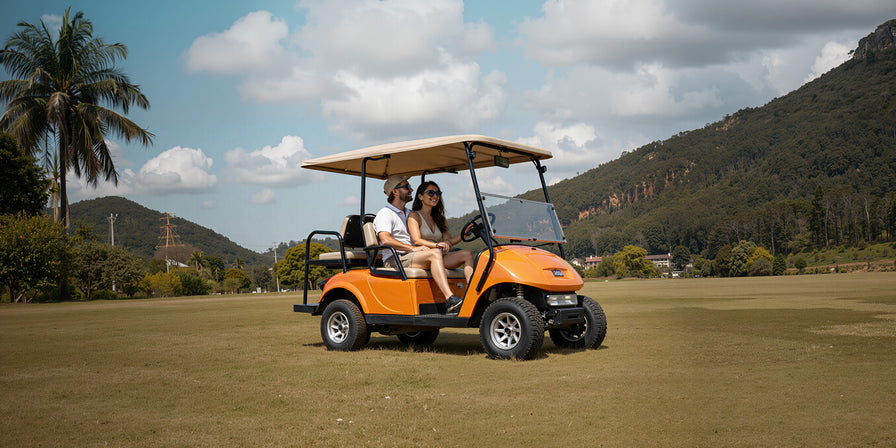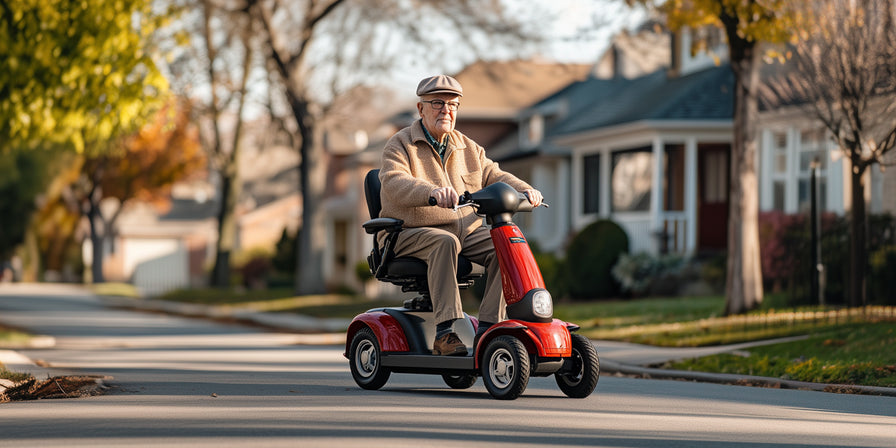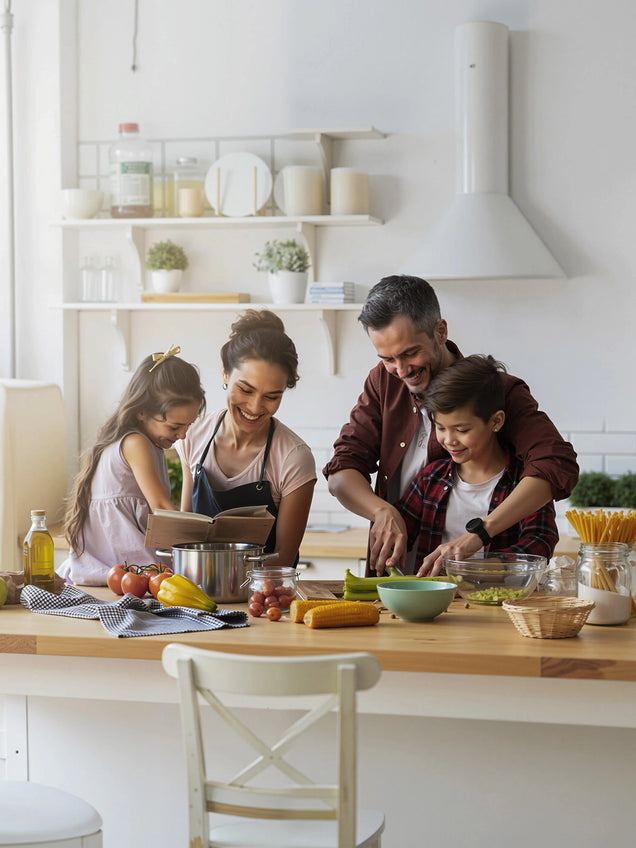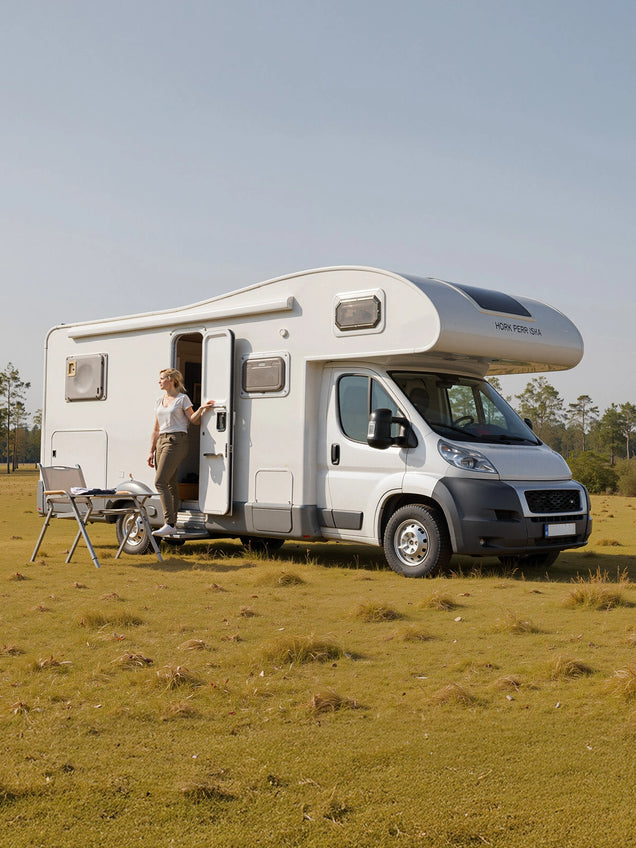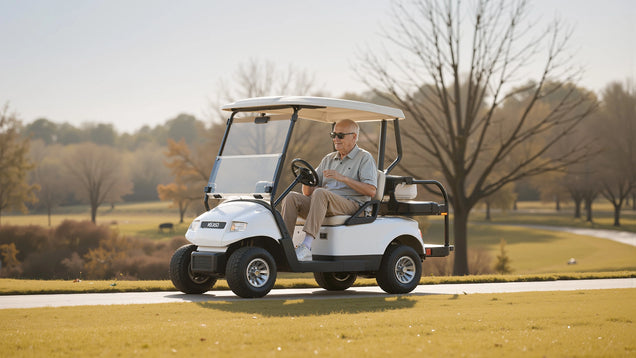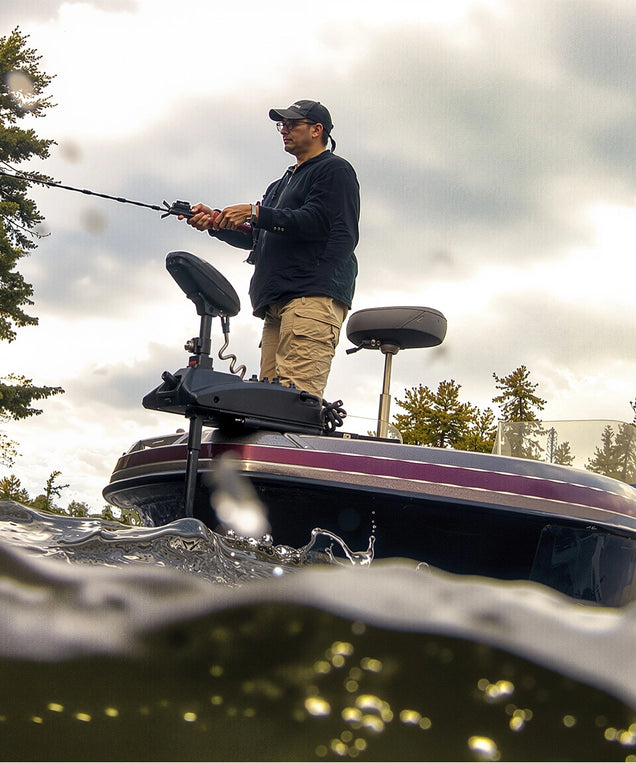[Newest] Everything You Need to Know about Pure Sine Wave Inverter
Pure sine wave inverters have become essential devices in today's world, enabling us to power a wide range of electronics and appliances efficiently and safely. Whether you are considering investing in a pure sine wave inverter or simply want to understand how they work, this comprehensive guide will provide you with all the information you need. From their benefits to their applications and everything in between, let's explore the world of pure sine wave inverters.
What is Pure Sine Wave Inverter
A pure sine wave inverter is a device that converts direct current (DC) power from a battery or other power source into alternating current (AC) power that closely resembles the waveform of the electricity provided by utility companies. It produces a smooth and consistent wave pattern that mimics the natural sine wave of the grid power.
The functionality of a pure sine wave inverter is to provide high-quality AC power for sensitive electronic devices, appliances, and equipment. It ensures that the power output is clean, stable, and compatible with a wide range of devices, including those with microprocessors, motors, and audio/video equipment.

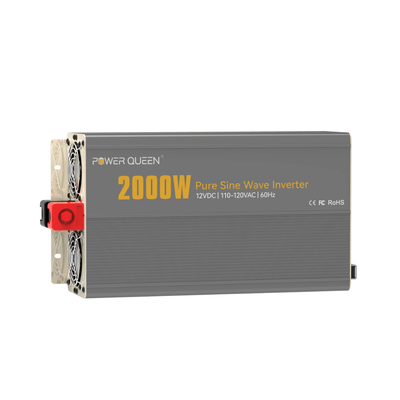

How Does a Pure Sine Wave Inverter Work
A pure sine wave inverter is a device that converts direct current (DC) power, typically from a battery, into alternating current (AC) power that resembles a pure sine wave. Here's a simplified explanation of how a pure sine wave inverter works:
- Conversion of DC to AC: The inverter takes the DC power from the battery and passes it through an oscillator or an inverter circuit. The oscillator generates a high-frequency AC signal.
- Pulse Width Modulation (PWM): The high-frequency AC signal is then fed into a PWM circuit. The PWM circuit compares this signal with a reference sine wave signal and adjusts the width of the pulses accordingly.
- Filtering: After the PWM circuit, the signal consists of a series of pulses. To convert it into a smooth sine wave, the pulses are passed through a low-pass filter. The filter removes the high-frequency components, leaving behind a filtered signal that closely resembles a pure sine wave.
- Amplification and Output: The filtered signal is then amplified to the desired voltage level using power transistors or MOSFETs. The amplified signal is then sent to the output terminals of the inverter, where it can be used to power various devices or appliances.
What is Modified Sine Wave Inverter
A modified sine wave inverter is a device that converts direct current (DC) power from a battery or other power source into alternating current (AC) power. However, unlike a pure sine wave inverter that produces a smooth and consistent waveform, a modified sine wave inverter generates an approximation of a sine wave that consists of distinct steps or stair-like waveforms.
The waveform produced by a modified sine wave inverter is a simplified version of the smooth sinusoidal waveform of utility grid power. It is achieved by using a simplified circuit design that switches the DC voltage on and off in a specific pattern. This pattern creates a waveform that approximates a sine wave but with noticeable steps.
Modified sine wave inverters are often more affordable compared to pure sine wave inverters, making them popular choices for applications where cost is a significant factor. They are commonly used to power basic electronic devices, simple appliances, and tools that do not require a high-quality power supply.
However, it's important to note that not all devices are compatible with a modified sine wave. Some equipment, especially those with sensitive electronics or microprocessors, may experience issues when powered by a modified sine wave. These issues can include reduced efficiency, noise, humming, or even malfunctions. Therefore, it is crucial to check the compatibility of the devices you intend to power before using a modified sine wave inverter.
Pure Sine Wave Inverter VS Modified Sine Wave Inverter
Now, let's discuss how a pure sine wave inverter differs from a modified sine wave inverter:
- Waveform: The primary difference lies in the waveform produced by each type of inverter. A pure sine wave inverter generates an output waveform that is virtually identical to the smooth sinusoidal waveform of utility grid power. On the other hand, a modified sine wave inverter produces an approximation of a sine wave that consists of distinct steps or stair-like waveforms.
- Compatibility: Pure sine wave inverters are suitable for powering most types of electronic devices and appliances. They provide a clean and stable power supply, ensuring optimal performance and preventing potential issues such as overheating, humming, or interference. Modified sine wave inverters, although more affordable, may not be compatible with certain devices. Some equipment may produce noise, experience reduced efficiency, or even refuse to operate altogether when powered by a modified sine wave.
- Efficiency: Pure sine wave inverters typically have higher efficiency rates compared to modified sine wave inverters. They convert DC power to AC power more efficiently, resulting in less energy loss during the conversion process. This can prolong the battery life and maximize the runtime of devices connected to the inverter.
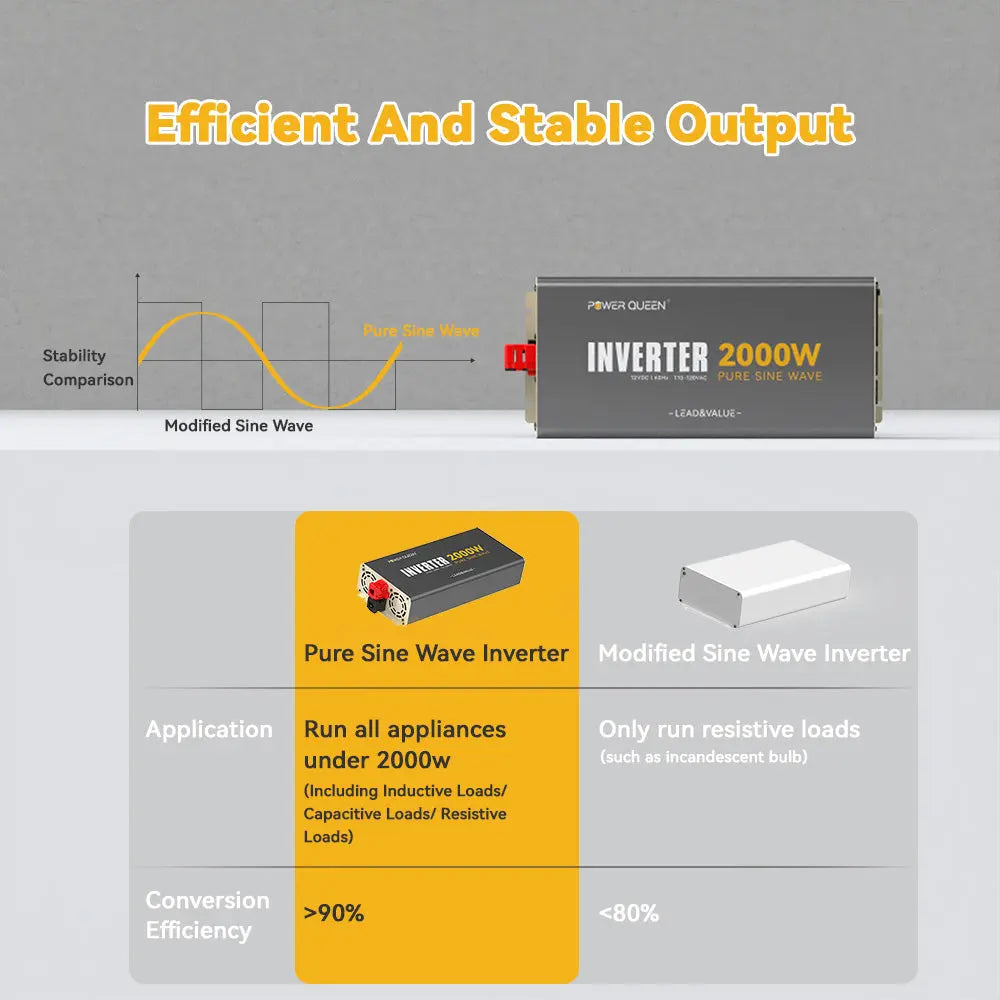
- Price: Pure sine wave inverters generally come at a higher price point than modified sine wave inverters due to their advanced technology and superior performance. However, the cost difference is often justified by the benefits they offer in terms of compatibility and power quality.
- Noise and heating: Pure sine wave inverters are known for their superior performance in terms of noise and heating compared to modified sine wave inverters. The primary reason for this lies in the fundamental difference between the waveforms generated by these two types of inverters.
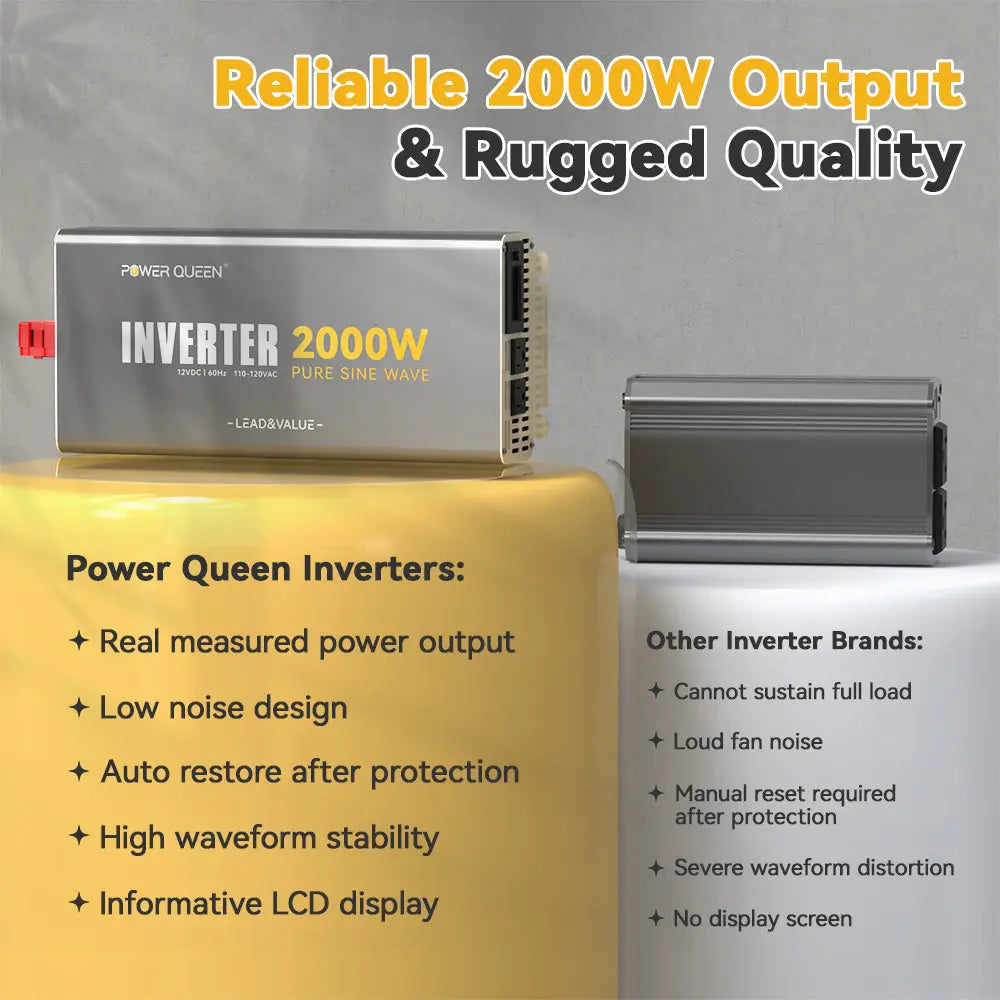
|
Current Quality |
Efficiency |
Price |
For all appliances |
|
|
Pure Sine Wave |
☆☆☆☆☆ |
☆☆☆☆☆ |
☆☆☆ |
☆☆☆☆☆ |
|
Modified Sine Wave |
☆☆☆ |
☆☆☆ |
☆☆ |
☆☆☆ |
What Size Inverter Do I Need?
Solar inverters come in different sizes and are rated in watts. A general guideline is to choose an inverter size that is close to the DC rating of your solar panel system. For example, if you have a 2000-watt system, it is advisable to select an inverter with a capacity of around 2000 watts.
Consider the voltage of your battery as well. The DC voltage rating on the inverter will indicate which battery bank it is compatible with. For instance, a 12V battery bank would require an inverter that supports a 12V DC input.
Efficiency is another important factor to consider when choosing an inverter. Inverters have an efficiency rating that indicates how effectively they convert DC power from the battery to AC power. A higher efficiency rating means less power loss during the conversion process. Opting for a more efficient inverter can help conserve energy and maximize power output.
Take into account the inverter's peak power capability. Some devices, especially those with motors or compressors, require a higher amount of power during startup or when experiencing power surges. Make sure that the inverter can handle these peak power demands to prevent overloading or damaging the equipment. Power Queen 2000W Pure Sine Wave Inverter has the surge peak at 4000W.
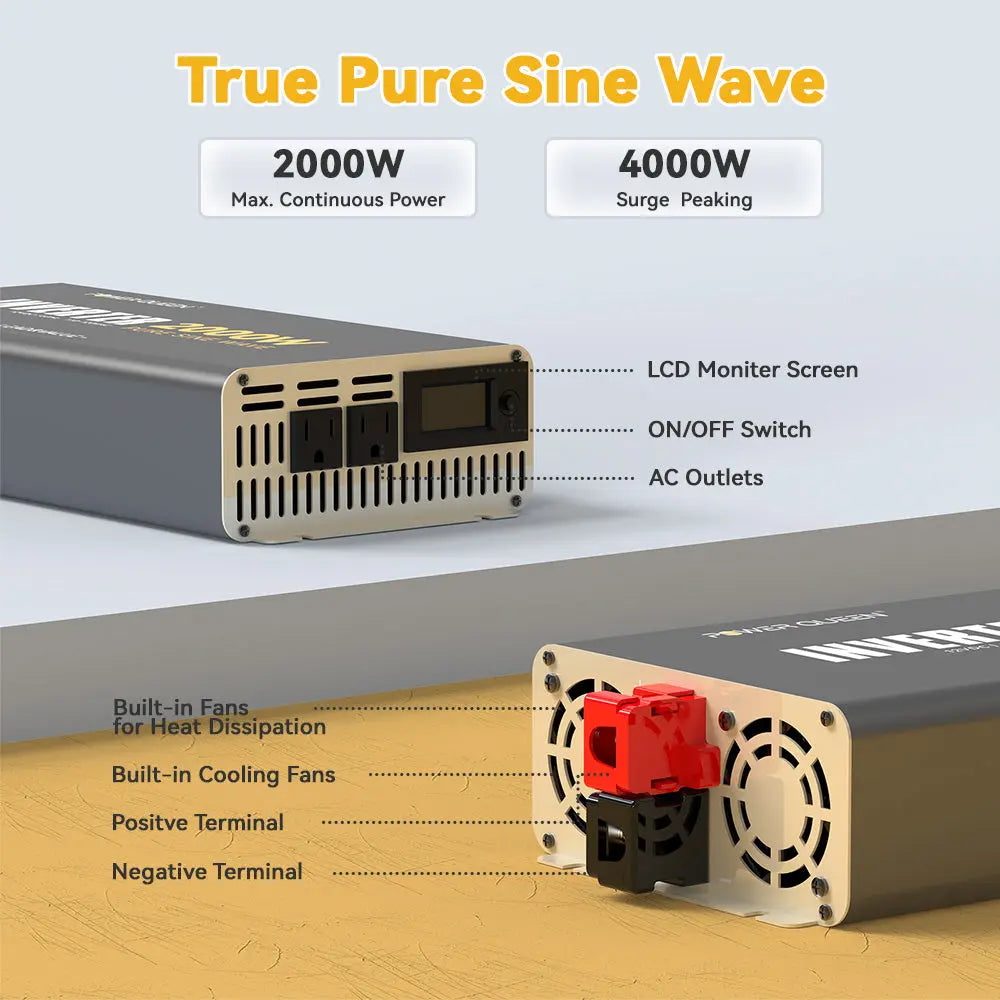
It is generally recommended to choose an inverter with some headroom. Selecting a slightly larger inverter than the calculated total power consumption allows for flexibility in accommodating future needs or unexpected power surges.
If you are uncertain about the appropriate size of the inverter for your specific requirements, it is advisable to consult the manufacturer or seek advice from an expert in the field. They can provide personalized guidance based on your power needs and assist you in selecting an inverter that suits your requirements.
Step By Step Guide How to Install Inverter
Take Power Queen 2000W Solar Power Inverter for example.






Note
1. Make sure the inverter is in the OFF position before connecting loads (electronic devices) to the AC outlets.
2. Avoid switching on the inverter with the load already turned on. This may trigger an overload since some electronic devices have an initial high power surege to start.
3. Be sure to turn off all loads first before switching off the inverter. Even if the inverter is turned off, the capcacitors will still have a charge, so the DC and AC terminals must be disconnected if altering the circuitry.
FAQ about Pure Sine Wave Inverter
1. Is it Worth Getting a Pure Sine Wave Inverter?
Yes. Getting a pure sine wave inverter is worth considering if you have devices that require a clean power supply, prioritize optimal performance and efficiency, or if you want to avoid potential compatibility issues or damage. Evaluate your specific needs, the devices you plan to power, and weigh the benefits against the cost to make an informed decision.
2. Can Inverter Damage Electronics?
In certain cases, an inverter can potentially damage electronics if it is not compatible or if it does not provide a clean and stable power output.
Conclusion
In summary, a pure sine wave inverter is essential for dependable power conversion, particularly when powering sensitive electronics. It delivers a clean and stable power output, guaranteeing peak performance and durability of your devices. When selecting a pure sine wave inverter, the Power Queen 2000W pure sine wave inverter stands out due to its advanced features and versatility. By investing in a top-quality pure sine wave inverter, you can safeguard your valuable electronics and experience uninterrupted power supply no matter where you are.
